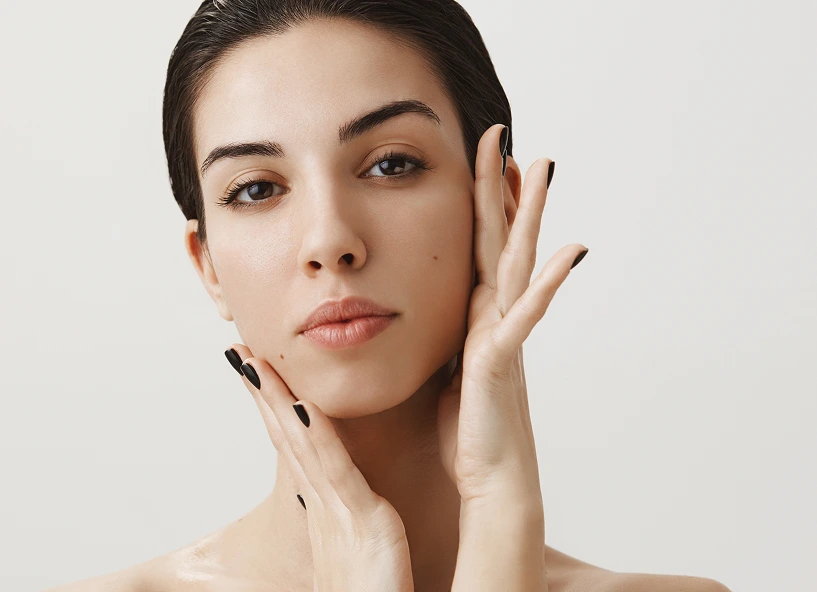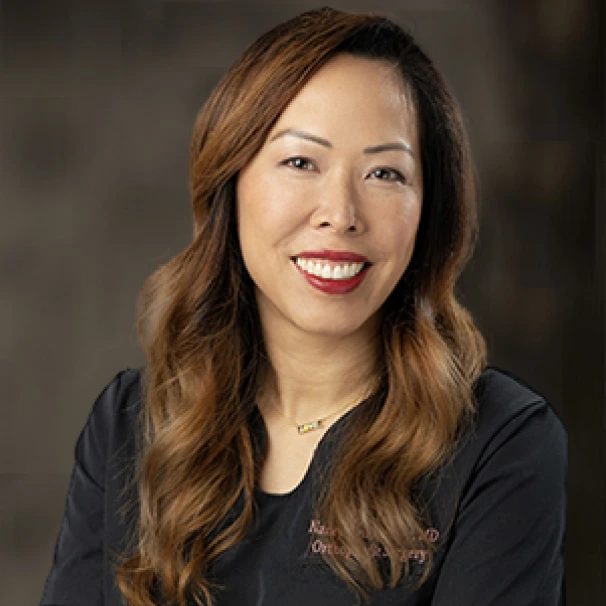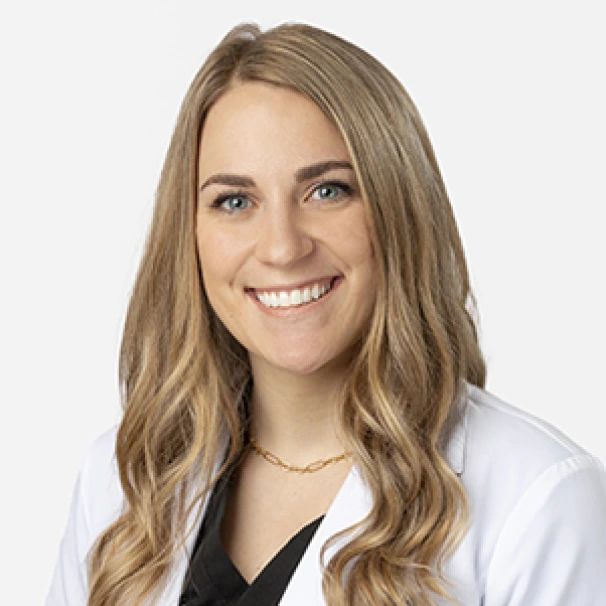Does
Microneedling
Hurt?
Are you considering microneedling for your skincare routine? You’re not alone if your first question concerns pain. Microneedling is a popular cosmetic procedure that involves creating tiny punctures in the skin to stimulate collagen production. It has gained tremendous popularity for its effectiveness in treating everything from acne scars to fine lines. But the thought of multiple needles penetrating your skin understandably raises concerns about discomfort. Before you schedule an appointment, let’s address the question of pain levels and dispel some common misconceptions.

Is Microneedling Painful?
Microneedling does involve some discomfort, but most patients describe it as tolerable rather than painful. The sensation resembles light pinpricks or mild sandpaper moving across the skin. Your comfort level will depend on factors like needle depth, pain tolerance, and the treatment area. More sensitive regions, like the forehead, can potentially cause more discomfort. Our practitioners at
Ortho-Rejuv apply a topical numbing cream before the procedure to significantly reduce pain signals and provide a satisfying experience.
What Microneedling Feels Like?
For Acne Scars
During a microneedling procedure targeting acne scars, patients typically experience a moderate pressure sensation as the device moves across affected areas. The feeling intensifies slightly when treating deeper, more fibrous formations since the needles must penetrate further to break up scar tissue. Our patients describe a warming sensation that builds throughout the session, especially when multiple passes are made over stubborn scarring. Despite this feeling, the discomfort remains manageable with proper numbing, and most individuals find the temporary inconvenience well worth the significant improvement in scar appearance.
For Fine Lines and Wrinkles
For Enlarged Pores
Microneedling for enlarged pores generally produces the mildest sensations compared to other treatment goals. Since the procedure requires more superficial needle depths, patients usually feel gentle scratching or light pressure across the skin’s surface. The treatment focuses primarily on the T-zone, where pores are most prominent, and this area typically has less sensitivity than other facial regions. Most patients report minimal discomfort that subsides almost immediately when the device moves to a different location, making this one of the more comfortable applications of microneedling.
For Uneven Skin Tone
For Skin Laxity
Individual Pain Tolerance
Sensitivity of Treated Areas
Certain areas of the face and body naturally contain more nerve endings and thinner skin, making them more reactive to microneedling. The forehead, upper lip, and places around the eyes typically register higher on the discomfort scale than the cheeks or neck. Bone-adjacent areas where skin is tightly stretched over facial structure tend to be more sensitive than fleshier regions. Our skilled providers work gently and adjust settings when treating these delicate zones.
Type of Skin Concerns
Topical Numbing Cream
Practitioner Experience
A provider’s technique significantly impacts comfort during microneedling treatment. Experienced practitioners develop a touch that minimizes unnecessary discomfort while maximizing results. They understand proper pressure application, optimal angles, and appropriate speed for different skin types and concerns. Additionally, seasoned professionals recognize various signs of discomfort and adjust their approach immediately, creating a more pleasant experience without compromising outcomes. You can find such excellent care by scheduling a consultation at Ortho-Rejuv.
Type of Device Used
The microneedling device itself dramatically influences the sensation experienced during treatment. Traditional derma rollers typically cause more discomfort than advanced mechanical pens due to their maladjusted motion and fixed needle depths. Modern devices with precision motors create smoother, more controlled punctures with less pulling or dragging sensations. Premium equipment also features technology that reduces vibration and noise, which can heighten perceived discomfort during treatment. Our practitioners use an advanced FDA-approved device called SkinPen® to achieve excellent results for each individual.
Needle Depth Settings
Factors That Affect Pain Levels
What to Expect After Treatment
- Immediate sensations: Expect mild redness and a feeling similar to a sunburn for the first 24-48 hours. Your skin may feel tight, warm to the touch, and slightly more sensitive than usual as it responds to the tiny wounds created during treatment.
- Discomfort timeline: Most heat and sensitivity peak 3-6 hours after the procedure and significantly diminish by the following morning. Mild pinkness typically fades within 2-3 days, while deeper treatments may cause redness lasting up to 5 days. Any stinging sensations generally resolve within the first 24 hours.
- Normal vs. concerning symptoms: Normal reactions include temporary redness, slight swelling, dryness, and mild flaking as your skin regenerates. Contact your provider if you experience excessive swelling, intense pain, spreading redness, yellow discharge, or fever. These symptoms may indicate infection or allergic reaction.
- Aftercare recommendations: To support healing during the first three days, apply only recommended products, including a gentle cleanser and antioxidant-rich serum. Avoid makeup, harsh skincare ingredients, excessive sweating, and sun exposure for at least 24 hours. When cleansing, use lukewarm (never hot) water and apply recommended hydrating products to minimize dryness and discomfort.
Is the Pain Worth the Results?
Improved Collagen Production
Enhanced Skin Texture and Tone
Long-Term, Natural-Looking Results
Conclusion
Microneedling (a.k.a. collagen induction therapy) may cause some discomfort, but most patients find the sensation manageable. The procedure creates tiny punctures in the skin, prompting the body to produce collagen, which helps improve skin texture and reduce fine lines. While the pain level varies depending on the target area and individual tolerance, most people describe the feeling as mild pressure or a light pricking sensation. Topical numbing creams are often applied before the procedure to minimize discomfort, ensuring a more comfortable treatment for most patients. Our skilled practitioners at Ortho-Rejuv provide an excellent microneedling experience for many cosmetic issues.









